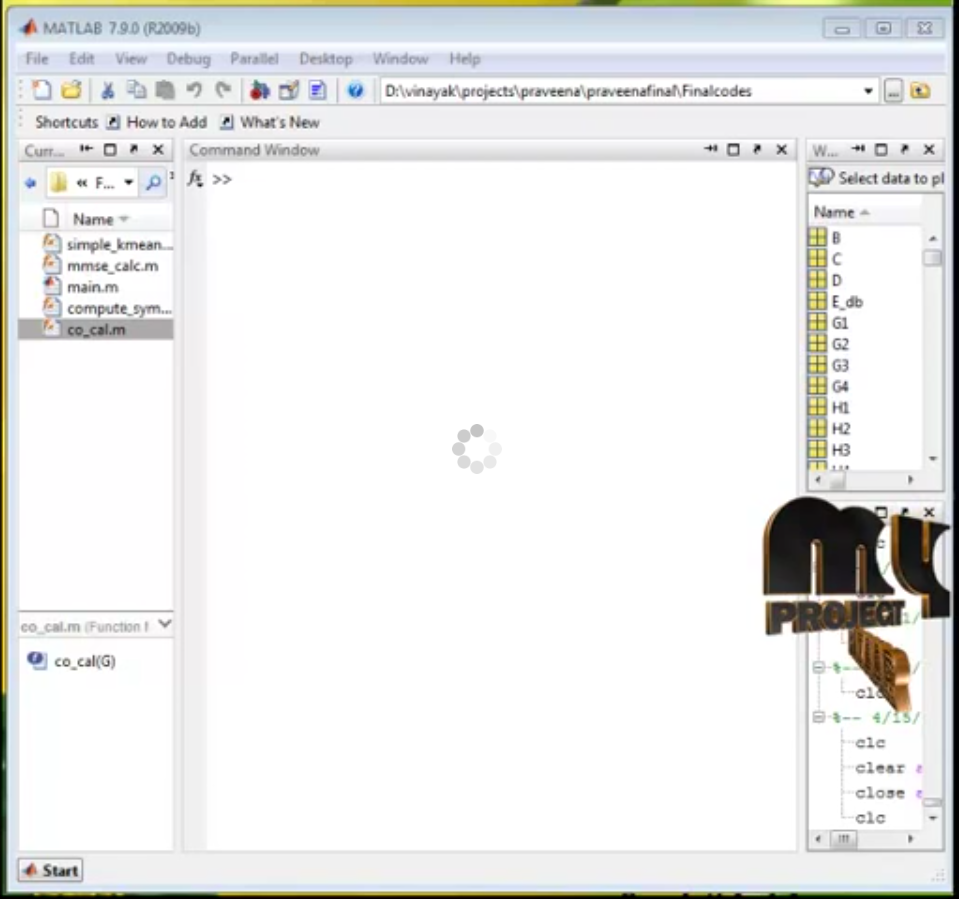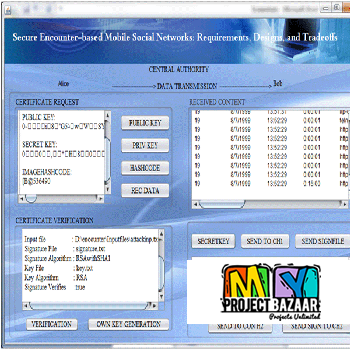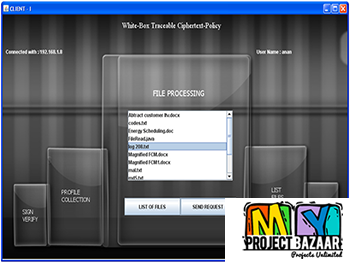
On the Performance of Spatial Modulation: Optimal Constellation Breakdown
Product Description
Abstract—Spatial modulation (SM) is a new transmission technique for multi-antenna systems in which the transmit antennas are used to modulate the signal. In this paper, the symbol error rate (SER) performance of SM is investigated. In SM, a signal domain modulation (i.e. amplitude-phase modulation) and an antenna domain modulation (i.e. space shift keying) are combined together to achieve a certain transmission rate while exploiting the properties of two independent modulation domains. A key question is the fine balance between the constellation sizes in the two domains when a constant rate is targeted. For a fixed rate, there are many ways to assign constellation vectors to the spatial and signal domains. In this paper, < Final Year Projects > we investigate optimal constellation breakdown between space and signal domains. The analysis is based on the union bound of the error probability of SM with two typical APM schemes, i.e. phase-shift keying (PSK) and square quadrature amplitude modulation (S-QAM). It is shown that, at any transmission rate, there exists an optimal APM dimension in which the SER is minimized. Furthermore, a trade-off between the number of transmit antennas and the transmit power is introduced.
Including Packages
Our Specialization
Support Service
Statistical Report

satisfied customers
3,589
Freelance projects
983
sales on Site
11,021
developers
175+Additional Information
| Domains | |
|---|---|
| Programming Language |

















